From wilderness routes to cultural landmarks, discover how the canoe ties together adventure, history, and spirit across the province as we dip into a new of series of posts: Ontario by Canoe: Connecting Past and Present.
Disclosure: This post contains affiliate links. If you buy something from one of our affiliates, we receive a small commission at no extra charge to you. Thanks for helping to keep our blog up and running!
Table of Contents
Ontario and the Canoe Connection
Mist curls across a still northern lake. A loon calls, its echo stretching over black water that mirrors a horizon of pines. At the centre of it all, a canoe slips silently forward, each paddle stroke rippling outward. I don’t know if there’s a single image that defines a place – but as we travel through Ontario, we’re thinking this is pretty close.
And the canoe here is more than images and scenery — it’s a vessel of adventure, a link to history, and a cultural touchstone that continues to shape how people connect with this place.
This series, Ontario by Canoe, explores how the province’s story flows on water. From wilderness routes to rock art, fur trade history to engineering marvels, the canoe threads together landscapes and legacies across the landscape. Before we dip our paddles into those specific journeys, let’s begin with a bigger question: what makes the canoe such an icon in Ontario?
A Vessel of Story and Survival
Long before Ontario existed on any map, canoes carried people across this landscape. Indigenous peoples designed the birchbark canoe as a lightweight, resilient craft — strong enough for whitewater, yet light enough to portage between rivers and lakes. It was perfectly adapted to a land defined by water.
The canoe wasn’t just a tool; it was a way of life. It enabled trade, community connections, seasonal travel, and spiritual journeys. Canoe images appear in stories, petroglyphs, and pictographs. Even today, the canoe symbolizes mobility and relationship with the land — a reminder that water routes are the original highways of this province.
When Europeans arrived, they quickly realized the canoe was the key to navigating Ontario. The fur trade — and by extension much of Canada’s early economy — depended on birchbark canoes and the Indigenous knowledge that guided them.
Adventure in the Present
Today, the canoe has shifted from a vessel of survival to one of exploration. Ontario’s lakes and rivers still invite paddlers to set out with canoe, tent, and food barrel for days or weeks at a time. In places like Quetico, Wabakimi, or Algonquin, you can disappear into a wilderness so remote that the canoe remains the only practical way in and out.
For many, this isn’t just recreation but a rite of passage — learning to steer through wind, to carry across portages, to find rhythm in paddle strokes. It’s why visitors come from around the world to dip a paddle in Ontario’s waters. A backcountry canoe trip offers not just adventure but a tangible link to how people have travelled here for centuries.
Even closer to cities, canoeing remains part of the Ontario experience. Families head out on cottage lakes. Day paddlers explore local rivers. Urban waterways like the Humber or Rideau still host canoes along the bustle of modern life.
Need paddling gear? Check out MEC!

Carved in Stone, Preserved in Memory
Ontario’s canoe heritage is written not just in stories but literally in stone. At places like Agawa Rock on Lake Superior or the Petroglyphs near Peterborough, ancient images of canoes appear in red ochre or carved into white marble. They speak of journeys, spirits, and the importance of waterborne travel.
Elsewhere, history is preserved in living museums. At Fort William Historical Park, costumed interpreters paddle canoes just as voyageurs did during the fur trade rendezvous. And in Peterborough, the Canadian Canoe Museum houses the world’s largest collection of canoes and kayaks, each telling a story about people and place. Together, these sites remind us that the canoe is not only an object but a storyteller in its own right.
Why It Still Matters
So why does the canoe continue to matter today? In part, it’s because paddling forces us to slow down. Unlike modern motors, a canoe requires attention, rhythm, and balance. It asks us to notice wind, current, and shoreline. It pulls us closer to the land — and to those who paddled before us.
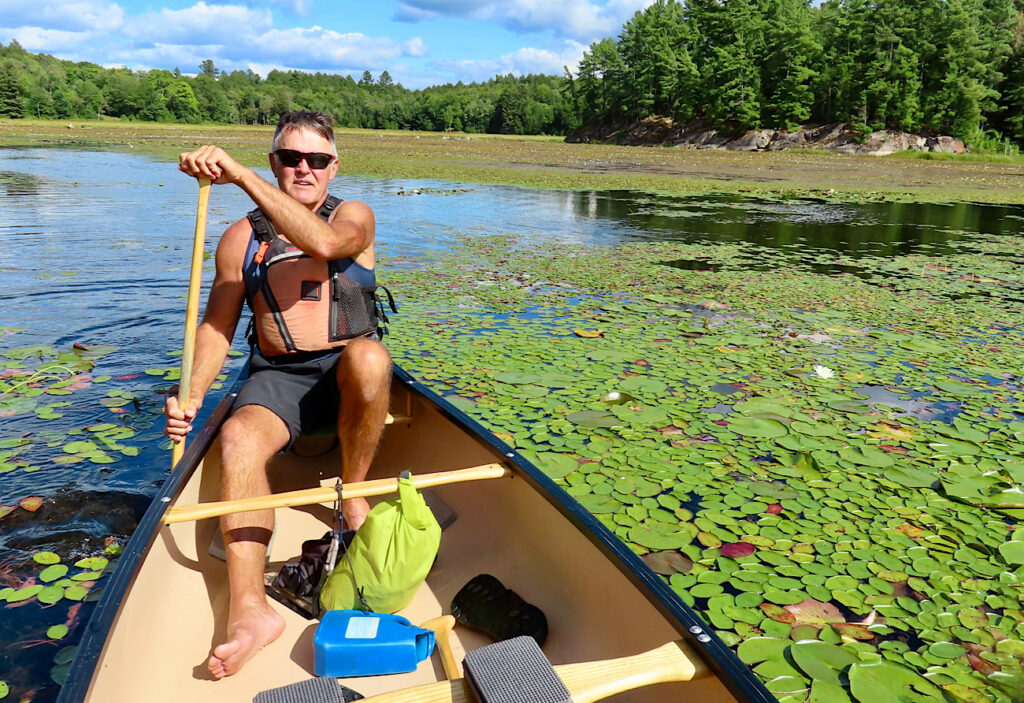
The canoe also bridges cultures. It’s an Indigenous innovation adopted and adapted by newcomers, now embraced as a shared Canadian symbol. From competitive paddling clubs to quiet sunrise fishing trips, the canoe continues to carry people forward in different ways.
Most of all, the canoe endures because it connects. It connects past and present, people and place, movement and meaning. In Ontario, to pick up a paddle is to join a story far larger than yourself.
Beginning the Journey
Our series, Ontario by Canoe, will follow that story across this vast province. It’s all about adventure, history and culture.
We’ll start with a weeklong paddle through Quetico Provincial Park, where today’s backcountry adventurers trace routes used for generations. From there, we’ll journey eastward: to Fort William’s fur trade past, to sacred pictographs on Superior’s cliffs, into the world of the Group of Seven artistry in Killarney Provincial Park, to the Canoe Museum in Peterborough, and finally to the ancient carvings at Petroglyphs Provincial Park. Along the way, we’ll even paddle into the tallest hydraulic lift lock on Earth.
Each stop reveals a different facet of Ontario’s canoe heritage — wilderness adventure, cultural history, Indigenous legacy, and modern marvel. Together, they weave a story of how the canoe continues to shape Ontario’s identity.
So, get your paddle ready. This journey is about to begin.
Continue your journey eastward: 8-Day Quetico Canoe Adventure: Paddling Ontario’s Backcountry Wilderness
PIN THIS POST FOR FUTURE REFERENCE!
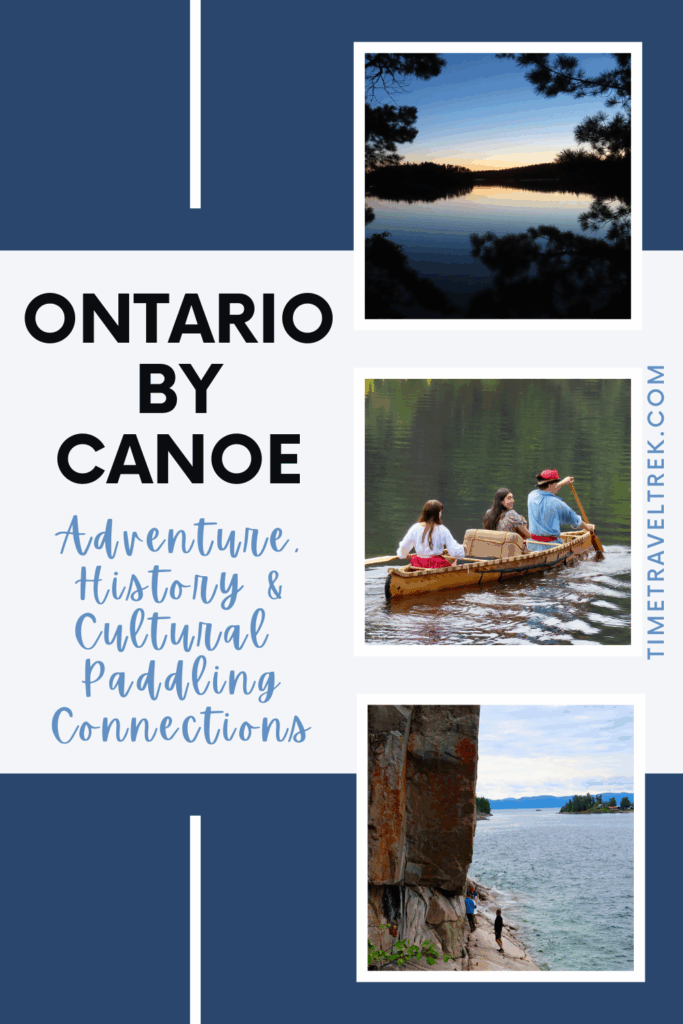

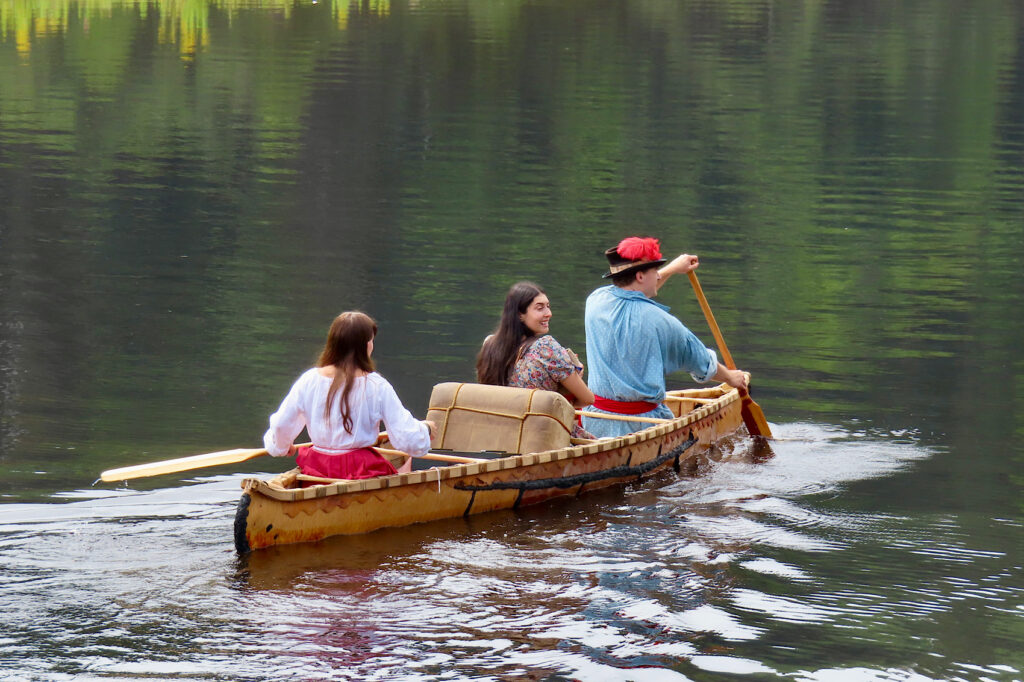
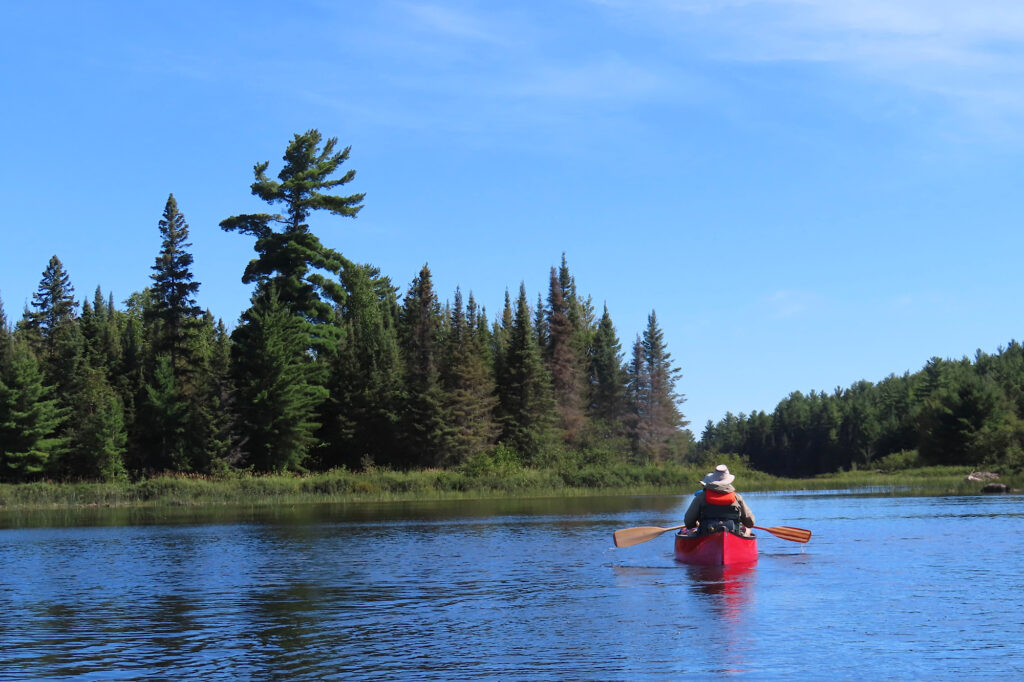
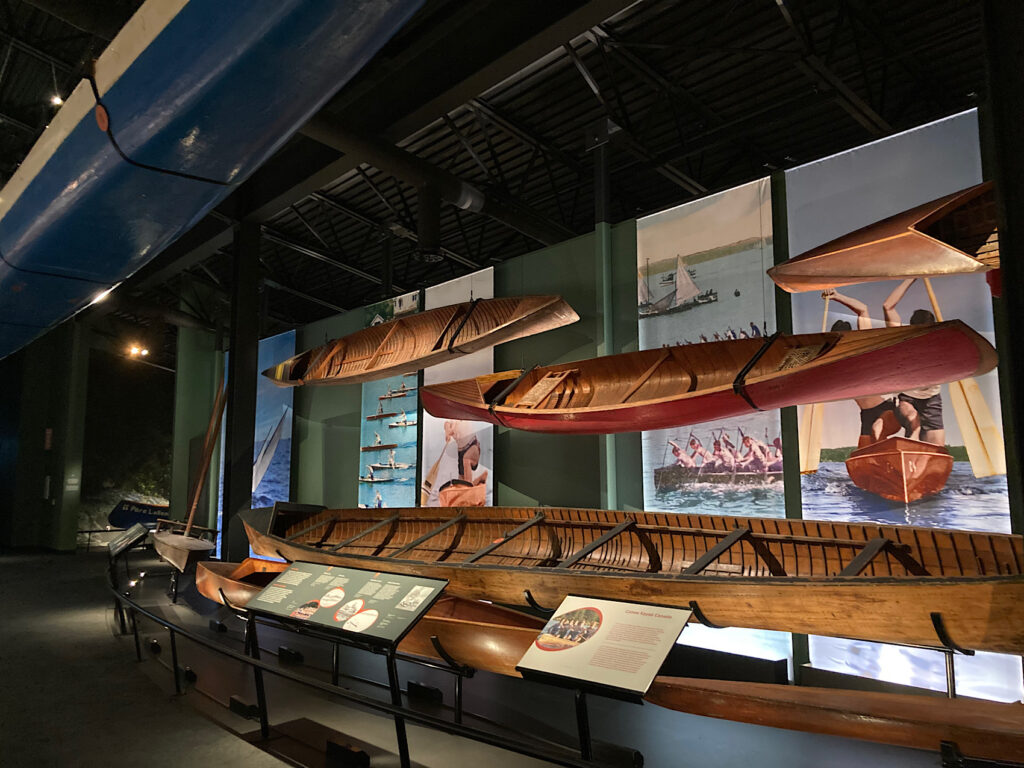

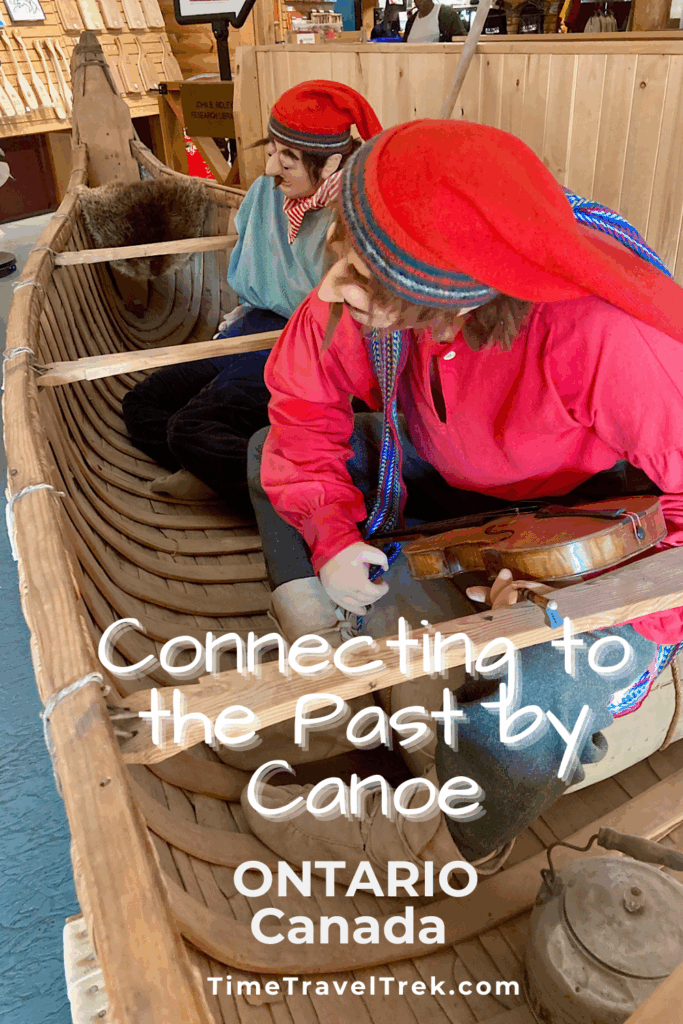
Leave a Reply